You Don’t Always Need Maintenance Fertilizer
IL Soy Envoy Kelly Robertson, CCA, highlights the importance of understanding soil nutrient levels, urging farmers that maintenance fertilizer may not be needed. This practice can lead to cost savings and benefit the environment.
Farmer Cooperators Needed for 2025 Soybean Sulfur Management Trials
Illinois farmers have expressed interest in the potential benefits of sulfur applications for soybeans. In response, the Illinois Soybean Association has developed an on-farm trial to address key questions about sulfur fertilization. Join the 2025 On-Farm Trial Network and sign up now to participate!
Harvest Highlights & Concerns
In this episode, the IL Soy Envoys reveal yield reports from their regions and discuss key fall topics like soybean header loss, soil pH and lime application, moisture concerns, disease updates, and more.
Lime Quality Matters When Adjusting Soil pH
In this video, IL Soy Envoy Kelly Robertson shares information on the long-term benefits of proper pH management for corn and soybean crops. Learn how adjusting soil pH with limestone can boost yields, enhance nutrient uptake, improve weed control, and increase herbicide effectiveness.
2025 Input Planning: Phosphorus and Potassium Applications
With low grain prices and high input costs, cutting phosphorus and potassium applications may be tempting, but IL Soy Envoy Eric Beckett warns that restricted root growth and nutrient deficiencies can still cause yield loss.
Fertilizer Market Trends and 2025 Crop Protection Update
In this video, Kevin "KJ" Johnson, president of the Illinois Fertilizer & Chemical Association, discusses current supply challenges, analysis of the fertilizer market, and a crop protection update for 2025.
The Hidden Power of Lime: Why pH Matters to Production
Fixing soil pH is the simplest and most cost-effective way to boost yields, control weeds, enhance fertilizer efficiency, and improve soil and plant health. IL Soy Envoy Kelly Robertson explains how to address the pH problems in your fields.
Navigating Soil Health Tests
This webinar, presented by Dr. Andrew Margenot and Heidi Allen Asensio, offers an overview of soil health testing. They cover common test types, interpretation of results, and how these tests can inform management decisions.
Illinois Farmers Needed: Contribute to Research on Conservation Practices
Prof. Kaiyu Guan’s team at the University of Illinois seeks 20 farmers for a study on conservation practices, offering analysis of the environmental benefits of adopting major climate-smart methods.
Sign Up for ILSoyAdvisor’s Upcoming Webinar: “Navigating Soil Health Tests”
Join Dr. Andrew Margenot and Heidi Allen Asensio from UIUC for a webinar on soil health testing. Learn about test types, interpreting results, and using them for management decisions on Aug 22, 10 AM CT via Zoom.

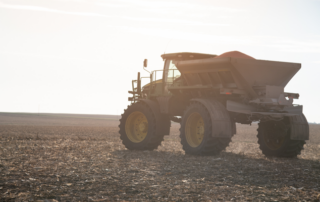

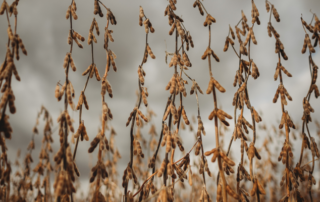
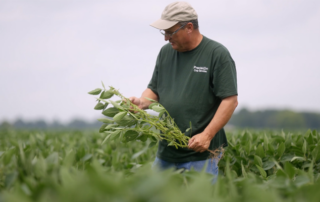
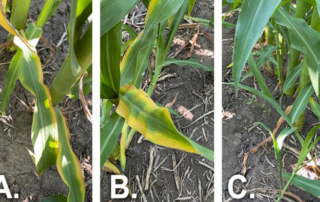
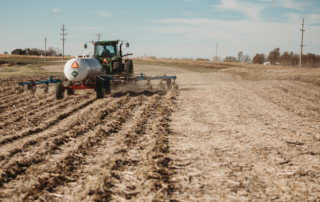
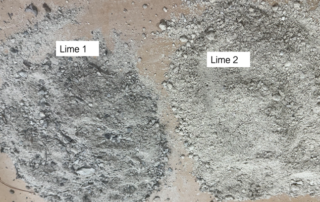
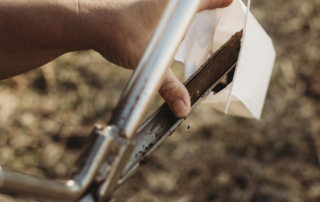
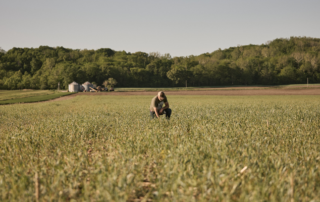
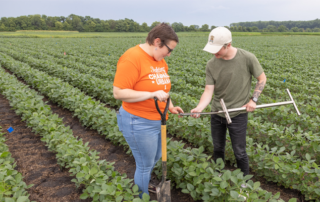

 and then
and then